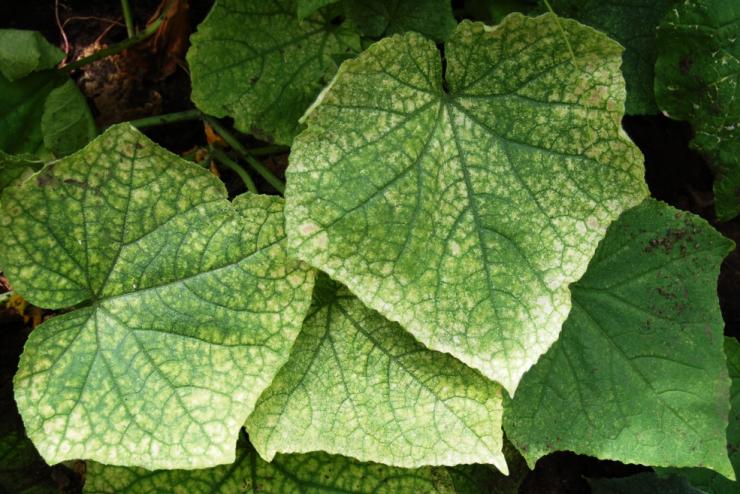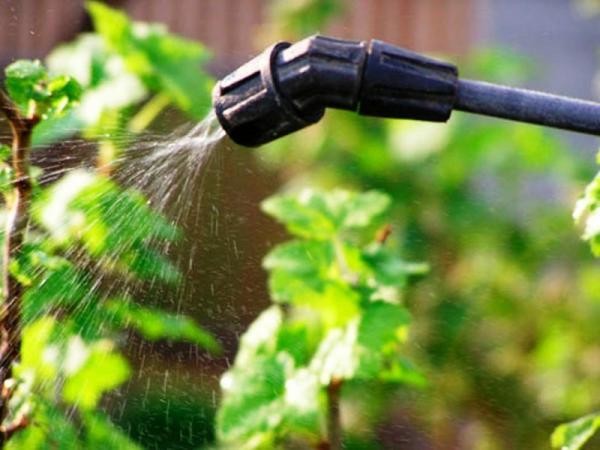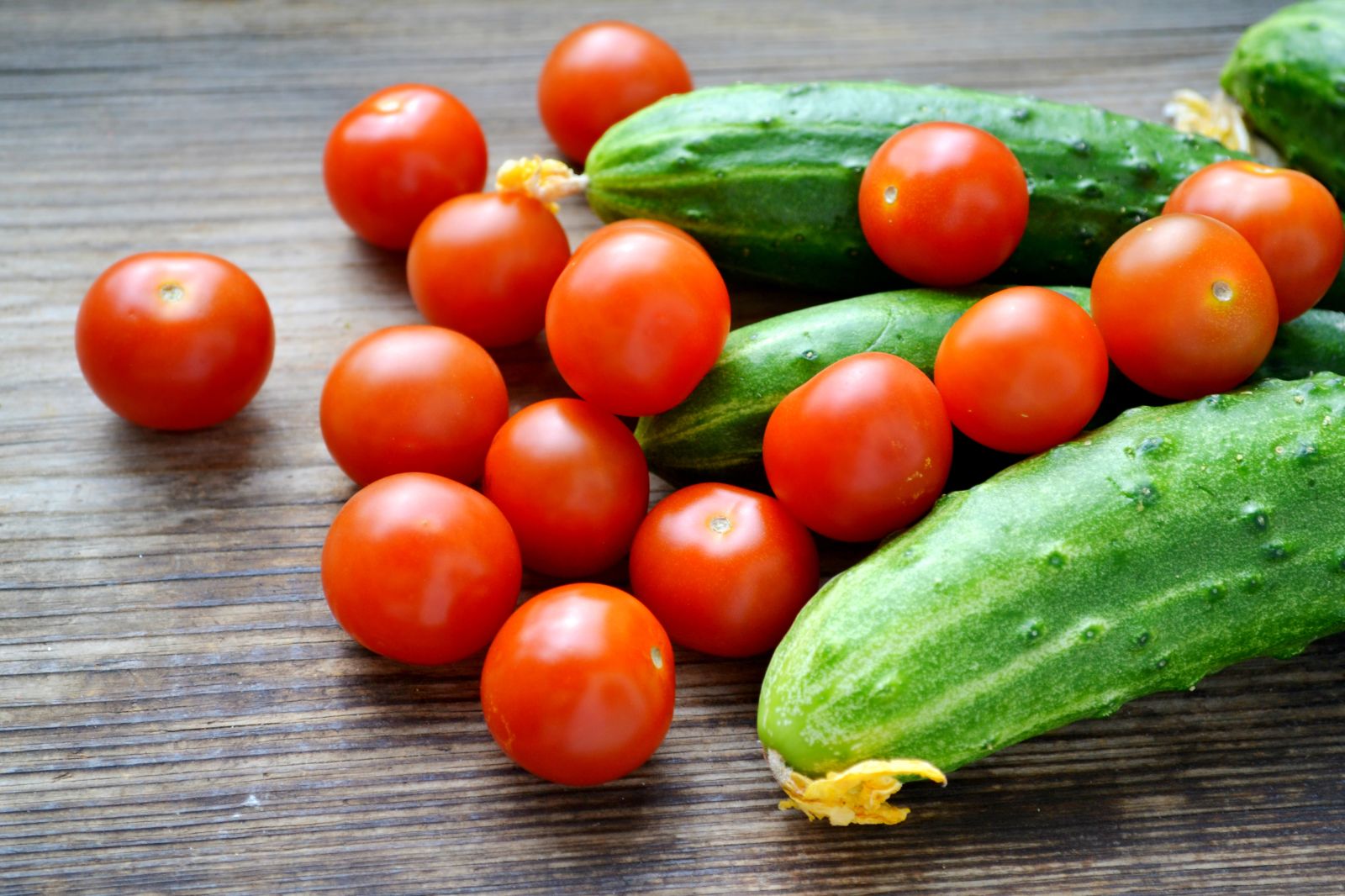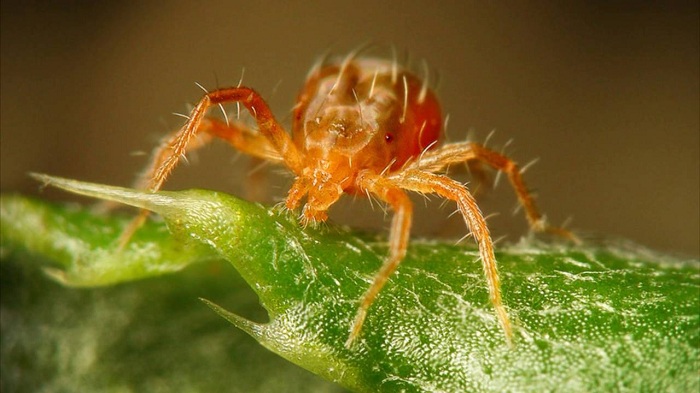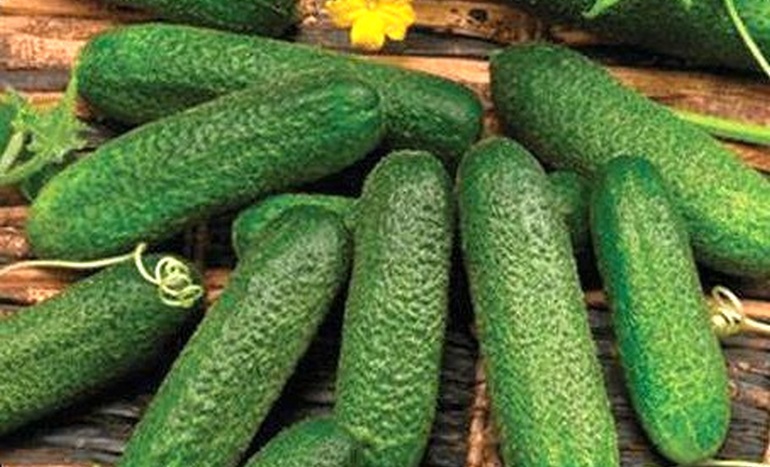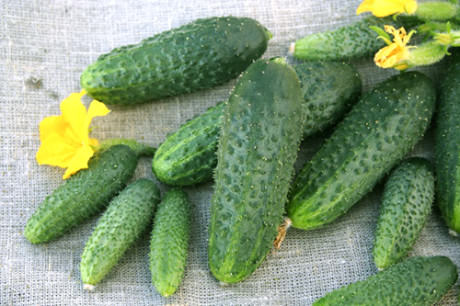Content:
Every experienced gardener at least once in his life encountered pests when growing horticultural crops. One of the most unpleasant is the spider mite, which destroys cucumber crops. It damages the root system, leaves and the fruits of the vegetable themselves, preventing it from forming correctly. Do not give up - you need to wage a fierce struggle for your harvest
Growing cucumbers in a greenhouse and open field
The cucumber is a member of the Pumpkin family and was first bred in India, which is considered its historical homeland. It is a moisture-loving and heat-loving culture.
Cucumbers with light thin spines are great for salads, and with black ones - for pickling.
Some gardeners, who want to enjoy the taste of cucumbers as early as possible, plant them in greenhouses, but you should know that in mild climates, vegetables also grow well in the open field, they turn out to be more aromatic and tasty. If they were grown in a greenhouse, the fruiting period can last up to 3 months.
Before planting, gardeners begin preparation in advance - 30-40 days in advance. Cucumber seeds are placed in a warm place for 3 weeks, the temperature should be at least 24 and not higher than 31 degrees.
After the shoots have appeared, they are planted in the ground: greenhouse or open. It is worth waiting for the soil to warm up enough, that is, the middle or end of May.
If the gardener decides to limit himself to the seedless method, it is necessary to wait for the seeds to swell and plant them in the soil.
Seeds are planted to a depth of 1.5-2.5 centimeters, 6 plants per square meter. It is good if several different varieties coexist side by side, this will ensure high-quality and timely pollination, as a result - a rich harvest.
Considering that cucumbers are a heat-loving crop, the best temperature for them is 25-29 degrees. If the thermometer drops below 16 degrees, this will lead to a gradual decrease in fruiting and crop growth. The worst thing is frost, which instantly destroys tender sprouts.
After planting, do not forget about leaving, it consists in the following operations:
- pinching;
- timely watering of plants;
- tying on trellises;
- fertilizing with fertilizers;
- topping.
In the case of a greenhouse, do not forget that an excessively high temperature will lead to yellowing, drying out and death of plants. Therefore, it is recommended to maintain the temperature of 21-27 degrees, and on especially hot days it is necessary to open the doors and allow the air flow to ventilate the room.
Feeding cucumbers is an important matter. Safety precautions must be followed so as not to burn the leaves and roots of the crop. With timely and frequent harvesting, the chances of new fruit emergence increase. The plant will look younger and age more slowly. Short-fruited varieties are advised to be harvested every 2 days, long-fruited - once every 5 days.
Spider mite and its features
The spider mite is one of the gardener's worst enemies. The pest has a greenish yellow, red, orange or milky color.Moreover, its dimensions reach only 2 mm, and then in rare cases. It lives mainly in greenhouses, on the lower tiers of the plant, where it subsequently creates colonies on all nearby crops.
A spider mite appears on cucumbers quite often, the following signs will signal this:
- almost invisible spider web on stems and leaves;
- leaves and stems slow down growth;
- spots of a light shade on the inside of the leaves;
- leaves turn yellowish.
Pests instantly "enslave" crops convenient for habitation - cucumbers and others. Their food source is plant cell sap. Cucumbers lose the ability to nourish the fruits, and then die.
How to deal with spider mites on cucumbers
It will not be possible to defeat them immediately, since they quickly adapt to changing conditions. But there is a possibility.
It is recommended to begin with:
- weed plants in a timely manner, remove plant residues from the greenhouse, since mites winter on them, reappearing on crops the next season;
- maintain high humidity in the greenhouse, which is especially important for the development of cucumbers. 80% moisture will be optimal for cucumbers, and destructive for pests;
- with timely loosening of the soil, watering and mulching, do not forget about the inspection, which will help to detect insects and promptly destroy them;
- The most common environmentally friendly option for combating spider mites is the reproduction of their enemies - phytoseiulus. They devour pests, completely exterminating and not giving the opportunity to lay eggs. All you need to do is plant the leaves with the predatory mites next to the damaged ones.
Before resorting to the use of chemicals, experts recommend trying folk remedies. For example, use decoctions of herbs: dope, dandelion, calendula, sorrel, yarrow, onion and garlic. A mixture of herbs made and infused in water is sprayed on the leaves and stems of the plant.
In addition to herbs, some use other tinctures:
- 2 tablespoons of hydrogen peroxide or alcohol, diluted in 1 liter of water, spray the planting 3 times with a week break, preferably at 20-degree temperature;
- a mixture of 2 tablespoons of vinegar diluted in 8 liters of water, which is sprayed with cucumber seedlings, is also useful;
- in 5 liters of water, half a spoonful of ammonia is diluted, the cucumber leaves are sprayed with liquid on both sides.
In extreme cases, gardeners use chemicals. You should be careful when using them, the excess of chemicals can affect the cucumbers.
Effective drugs:
- Etisso- the drug, which are sticks, buried in the bushes of cucumbers; they are effective after watering the plants, dissolve in the soil and kill cucumber mites;
- Plant-pin similar in action to Etisso, no less effective;
- Actellic no less effective, but due to its toxicity, it can damage the respiratory tract and skin of the gardener, therefore it is necessary to use protective equipment. One ampoule is diluted in 1 liter of water, and the plants are then sprayed with the mixture.
How inaction will affect
A spider mite does not pose any danger to humans, but it is destructive for cucumbers. Cell sap, which is the basis of all plant life, is the main food for it. Sucking the juice from the stems and leaves, the mite dries them out, disrupting the process of photosynthesis. The plant cannot withstand external diseases and, having become infected, dies, before drying out.
A spider mite, among other things, can cause gray mold or powdery mildew.This infection is no less dangerous, as it leads to rotting of the root part of cucumbers, which becomes the cause of their premature death.
Prevention of powdery mildew on cucumbers
Powdery mildew is another crop scourge. Its appearance can be triggered by many factors, therefore it is recommended to carry out regular prevention:
- plant cucumbers away from each other, avoiding thickening;
- tie up cucumbers in a timely manner;
- water regularly, provide ventilation and mulching the soil;
- trim, pluck the stems of the plant;
- spray with fungicides for preventive purposes;
- maintain strong immunity in cucumbers;
- rid plants of diseased parts.
If the gardener takes care of the cucumbers, conducts their inspection and prevention in a timely manner, it will be possible to avoid the appearance of various pests and diseases, such as spider mites or powdery mildew. And soon the plants will delight you with delicious cucumbers, without ceasing to bear fruit for a long time.
